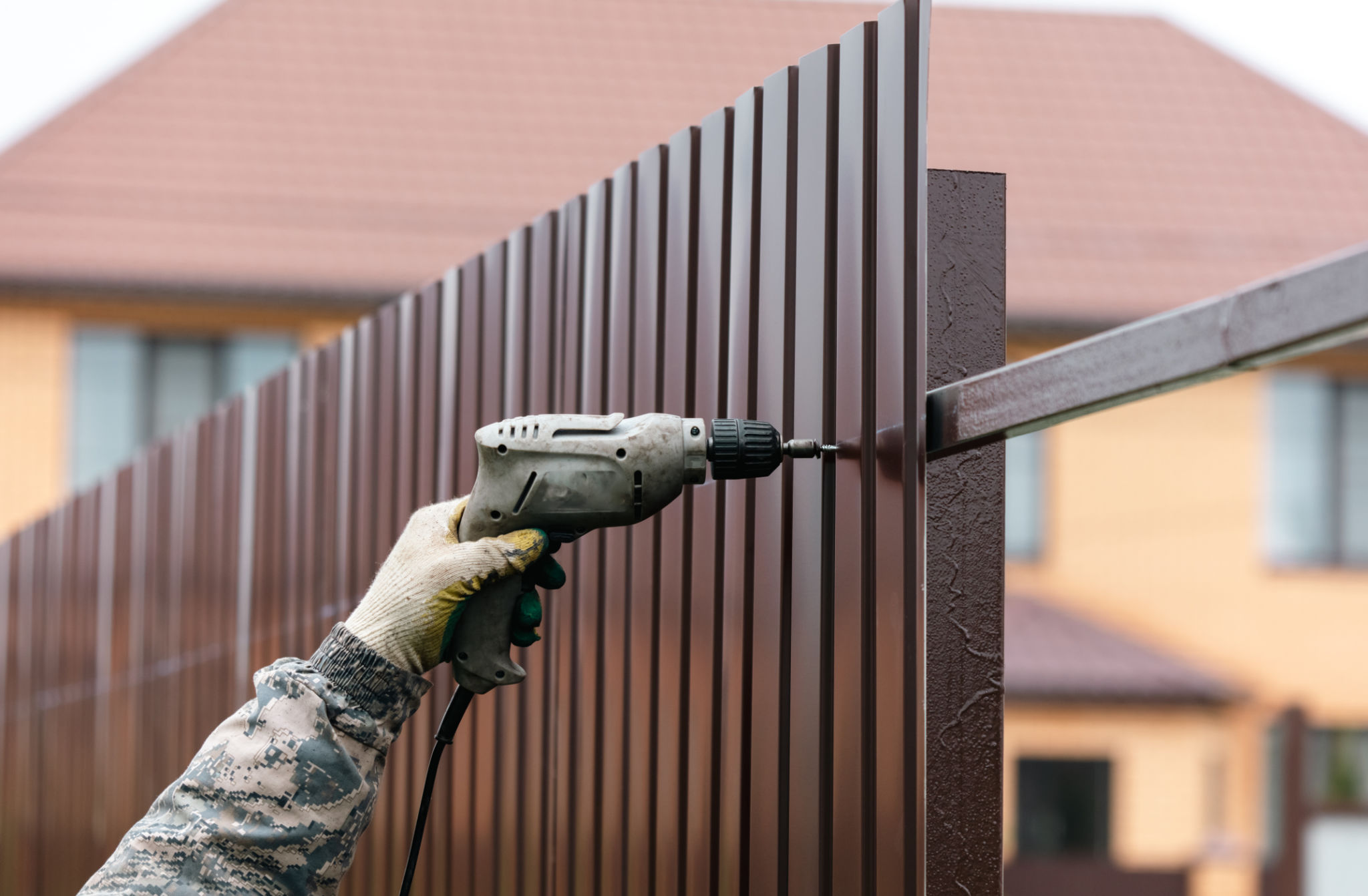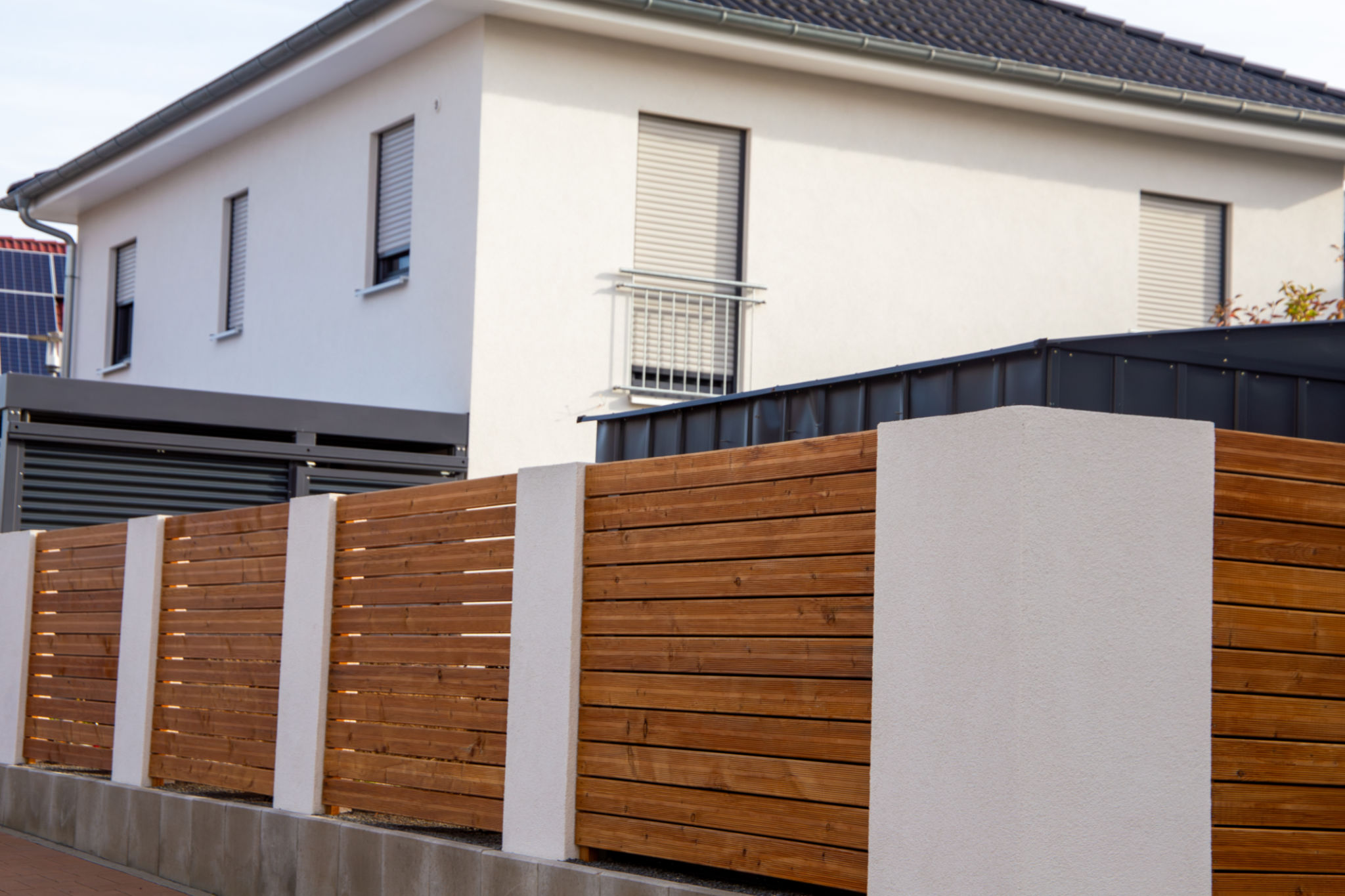The Ultimate Guide to Choosing the Right Fencing for Your Home
Understanding Your Fencing Needs
Choosing the right fencing for your home can be a daunting task, given the myriad of options available. The key to making the right decision lies in understanding your specific needs. Are you looking for privacy, security, aesthetic appeal, or a combination of these factors? Start by identifying the primary function your fence will serve, which will significantly narrow down your choices.
Consider the climate and weather conditions in your area as well. Certain materials may be better suited to withstand extreme weather, while others might require frequent maintenance. Understanding these factors will help guide you towards a practical and cost-effective solution.

Exploring Different Fencing Materials
Once you've determined your needs, it's time to explore the different materials available. Each material comes with its own set of benefits and drawbacks. Here's a quick overview:
- Wood: Offers a classic look and can be customized with paint or stain. However, it may require regular maintenance to prevent rot and insect damage.
- Vinyl: Known for its durability and low maintenance, vinyl fencing is resistant to weathering but can be more expensive upfront.
- Metal: Includes options like aluminum and wrought iron, providing strength and security. Metal fences are long-lasting but may require occasional rust prevention treatments.
- Composite: Made from recycled materials, composite fencing is eco-friendly and offers the appearance of wood without the maintenance.
Considering Design and Style
The design and style of your fence play a crucial role in enhancing your home's curb appeal. Whether you prefer a modern look or a more traditional design, there are countless styles to choose from. Consider the architectural style of your home when selecting a fence design to ensure harmony between the two.

Additionally, think about how the fence will look from both sides. A double-sided design might be more aesthetically pleasing for both you and your neighbors. Styles such as picket, lattice, and shadowbox offer variety in appearance and functionality.
Evaluating Installation and Maintenance Costs
Before making a final decision, evaluate the installation and long-term maintenance costs associated with your chosen fencing material. Some materials may have a higher initial cost but lower ongoing maintenance expenses, while others might be cheaper upfront but require more upkeep over time.
Factor in any professional installation costs if you're not planning on installing the fence yourself. DIY installation can save money but might require special tools and skills. Be sure to weigh all these financial considerations carefully.

Navigating Local Regulations and HOA Rules
Before finalizing your fencing choice, it's essential to check local regulations and any homeowners association (HOA) rules that might apply. Some communities have specific guidelines regarding fence height, materials, and placement.
Failure to comply with these rules can result in fines or mandatory removal of your fence. It's always best to seek approval from relevant authorities before proceeding with your project to avoid any legal complications.
Making an Informed Decision
With all these factors in mind, you're now equipped to make an informed decision about the best fencing option for your home. Remember that the right fence can enhance not only your property's security and privacy but also its overall aesthetic appeal.
If you're unsure about any aspect of your choice, consult with a professional who can offer expert advice tailored to your specific needs and circumstances. By taking the time to research and plan, you'll ensure that your new fence is a valuable addition to your home for years to come.
